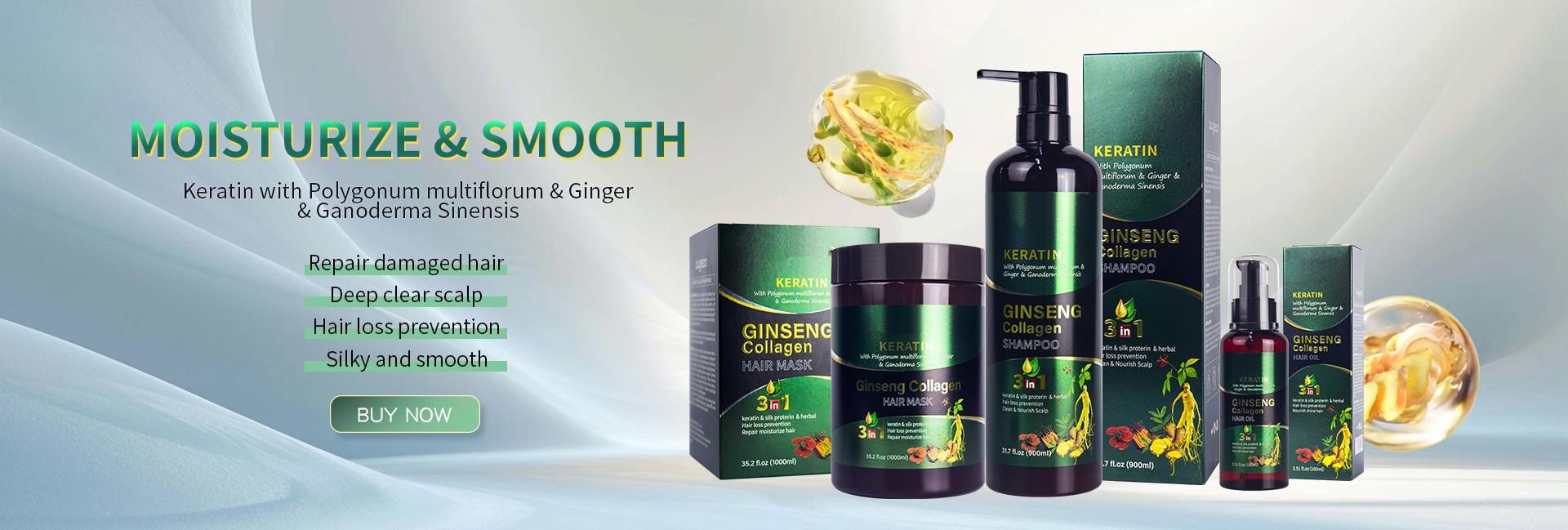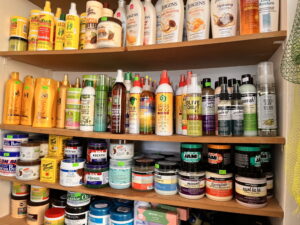OEM Shampoo What You Need to Know in China
Creating your own shampoo brand through OEM (Original Equipment Manufacturer) partnerships in China offers a strategic pathway to enter the competitive personal care market. This comprehensive guide will walk you through the essentials of OEM shampoo production in China, highlighting the types of shampoos available, the benefits of OEM collaboration, and key considerations for success.
Understanding OEM Shampoo Production in China
OEM shampoo production involves collaborating with established manufacturers to produce shampoos under your brand name. China’s robust manufacturing infrastructure and cost-effective production capabilities make it an attractive destination for OEM partnerships. By leveraging the expertise of Chinese manufacturers, you can focus on brand development, marketing, and distribution while ensuring high-quality product output.
Types of OEM Shampoos Available in China
Chinese OEM manufacturers offer a diverse range of shampoo formulations to cater to various consumer needs. Here are the primary types:
1. Formulation-Based Shampoo Types
a. Soap-Based Shampoos
These shampoos utilize natural soap ingredients like fatty acid potassium or sodium. They are favored for their simplicity and natural appeal but may have higher detergency levels, which can be harsh for sensitive scalps.
b. Sulfate-Based Shampoos
Commonly containing ingredients like Sodium Laureth Sulfate, these shampoos offer excellent cleansing and foaming properties. They are cost-effective but may not be suitable for consumers seeking natural or gentle formulations.
c. Amino Acid-Based Shampoos
Formulated with amino acids such as TEA-Cocoyl Glutamate, these shampoos are gentle on the scalp and hair. They maintain the scalp’s natural oils, making them ideal for sensitive skin and premium product lines.
2. Effect-Based Shampoo Types
Chinese OEMs can produce shampoos targeting specific hair and scalp concerns:
-
Anti-Dandruff Shampoos: Formulated with active ingredients to combat dandruff and soothe the scalp.
-
Moisturizing Shampoos: Designed to hydrate dry hair and maintain moisture balance.
-
Color-Protecting Shampoos: Developed to preserve hair color and prevent fading.
-
Volumizing Shampoos: Aimed at adding volume and thickness to fine or limp hair.
-
Anti-Hair Loss Shampoos: Incorporate ingredients that strengthen hair and reduce hair fall.
Advantages of OEM Shampoo Production in China
1. Cost Efficiency
China’s manufacturing sector offers competitive pricing due to economies of scale and efficient production processes. This cost advantage allows you to allocate more resources to branding and marketing.
2. Customization and Flexibility
Chinese OEMs provide extensive customization options, enabling you to create unique formulations, fragrances, and packaging designs that align with your brand identity.
3. Access to Advanced Technology
Many Chinese manufacturers invest in state-of-the-art equipment and R&D, ensuring high-quality production standards and innovative product development.
4. Scalability
Whether you’re launching a new brand or expanding an existing product line, Chinese OEMs can accommodate varying order sizes, supporting your business growth.
Try Xiangxiang Daily Now!
We Help You Launch New Products, And Continue To Grow. Try Us With 20% Off Your First Order!
Steps to Launch Your OEM Shampoo Brand in China
1. Identify Your Target Market
Understand your target consumers’ preferences, hair types, and concerns to develop a product that meets their needs.
2. Select a Reputable OEM Partner
Research and choose a manufacturer with a proven track record, quality certifications, and the capability to produce your desired shampoo type.
3. Develop Your Formulation
Work closely with the OEM’s R&D team to create a formulation that aligns with your brand’s values and customer expectations.
4. Design Packaging
Create packaging that reflects your brand identity and appeals to your target market. Consider factors like materials, labeling, and compliance with regulations.
5. Conduct Testing and Quality Assurance
Ensure the product undergoes rigorous testing for safety, efficacy, and stability. Quality assurance is crucial for building consumer trust.
6. Navigate Regulatory Compliance
Familiarize yourself with local and international regulations governing cosmetic products to ensure compliance and smooth market entry.
7. Launch and Market Your Product
Develop a comprehensive marketing strategy to promote your shampoo brand, utilizing digital marketing, social media, and distribution channels.
Key Considerations for Success
Quality Control: Implement strict quality control measures to maintain product consistency and consumer satisfaction.
Intellectual Property Protection: Secure trademarks and patents to protect your brand and formulations.
Sustainability: Consider eco-friendly ingredients and packaging to appeal to environmentally conscious consumers.
Consumer Feedback: Gather and analyze customer feedback to continuously improve your product offerings.
Conclusion
Partnering with an OEM manufacturer in China to produce your shampoo brand offers numerous benefits, including cost savings, customization, and scalability. By understanding the types of shampoos available, leveraging the expertise of Chinese manufacturers, and focusing on quality and compliance, you can successfully launch a shampoo brand that resonates with consumers and stands out in the market.
Table of Contents
Latest Blog Posts
Check out the latest industry trends and take inspiration from our updated blogs, giving you a fresh insight to help boost your business.




